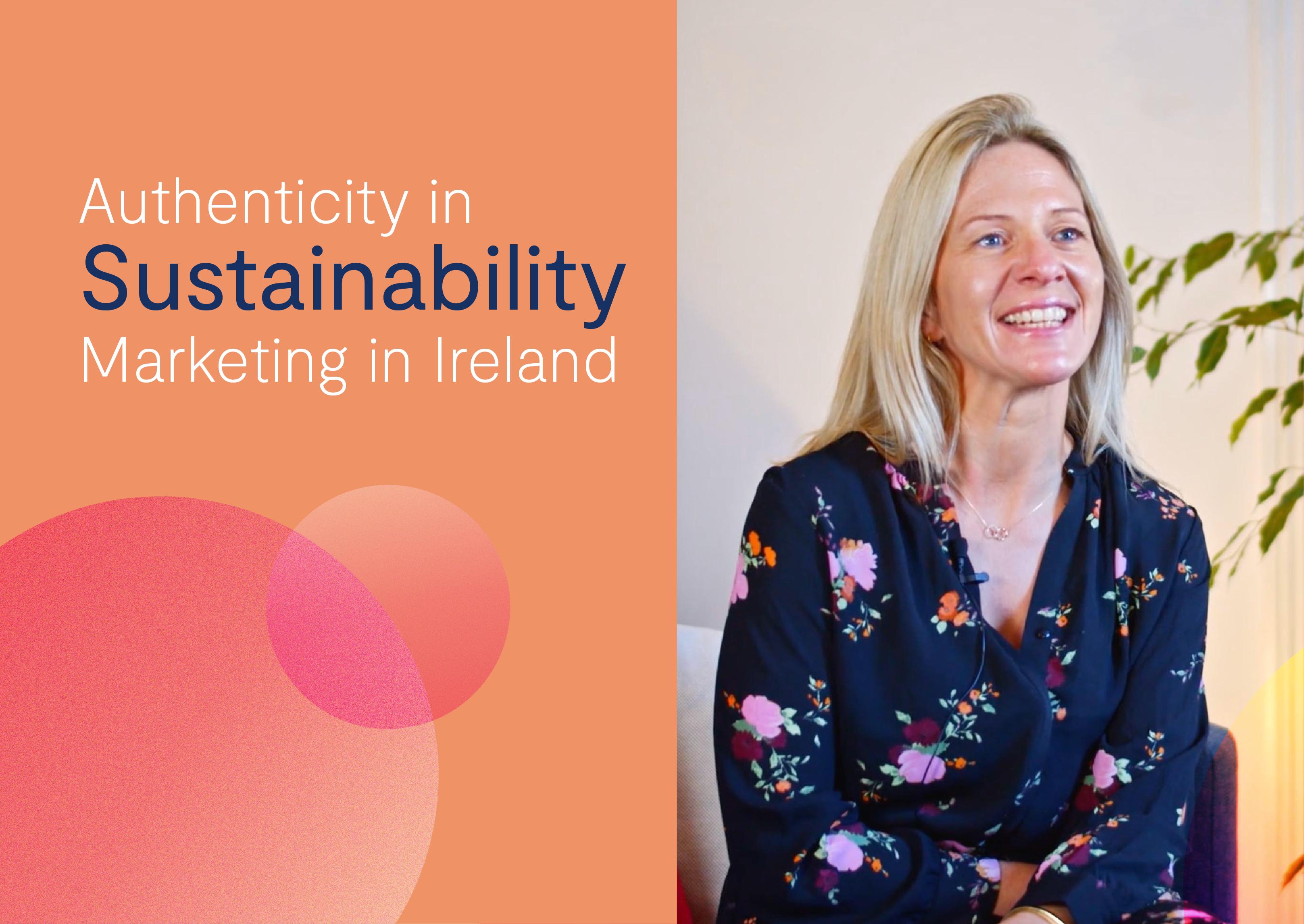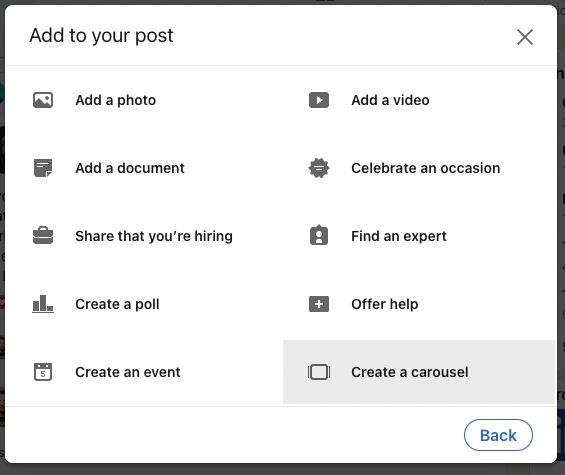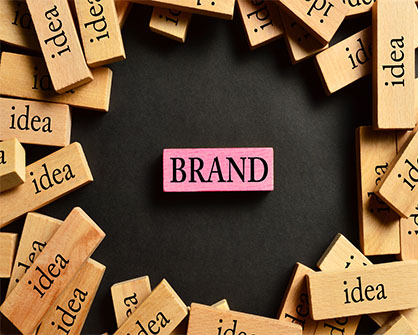Author: Jane Dane, Brand Director at Idea
In Ireland today, where environmental consciousness is paramount, I firmly believe that authentic sustainability marketing isn’t just important, it’s essential. I’d like to share my perspective on the importance of transparency and the integration of sustainability into your brand’s story, especially with regards to sustainability reporting in Ireland.
Authenticity in Sustainability: Beyond Buzzwords
Authenticity in sustainability for me is about a truly honest and transparent approach. It’s about openly sharing not just the successes but also the challenges and the ongoing journey towards a more sustainable future. In Ireland, as green initiatives gain momentum, genuine communication of your sustainability narrative is crucial. This approach has been used really effectively by Apple in their recent Mother Nature ad, it really shines a light on tangible actions rather than vague promises.
So, what does this look like in practice?
- Authentic Language: “We’ve reduced our carbon emissions by 15% this year, and we’re actively working to address the remaining challenges in our European supply chain.”
- Inauthentic Language: “We’re leading the way in sustainability,” without providing specific data or acknowledging areas needing improvement.
- Transparent Reporting: “Our sustainability report details both our successes in renewable energy use and the difficulties we face in water conservation.”
- Vague Claims: “We care for the environment” – a broad statement that lacks specifics or evidence of actual initiatives.
- Engaging Stories: Sharing a detailed case study about a specific sustainability project, including challenges, solutions, and real outcomes.
- Generic Statements: Using generic or overused phrases like “going green” without backing them up with concrete actions or results.
- Consistent Messaging: Regular updates on progress, setbacks, and future plans in sustainability efforts.
- Inconsistent Messaging: Making a one-time announcement about a sustainability goal, but failing to follow up with progress or results.
Remember that it’s important to provide tangible evidence and be open about the journey in the full interest of full transparency and integrity.
The Art of Storytelling in Sustainability
In my experience, storytelling in sustainability marketing is an incredibly effective tool. Narratives about the real-world impact of sustainability efforts help brands connect with their audience on a human level. This can be achieved through customer stories, behind-the-scenes insights into sustainable practices, or impactful community initiatives. It’s all about informing, inspiring, and evoking a sense of shared responsibility and action.
Navigating the Pitfalls: Greenwashing and Overcomplication
A major challenge in sustainability marketing is greenwashing – making exaggerated or false claims about a company’s environmental practices. In Ireland, where consumers are increasingly savvy about environmental issues, maintaining authenticity is crucial. Additionally, while sustainability is complex, it’s important to communicate in a way that is clear, concise, and accessible.
Sustainability Report Design in Ireland
An essential aspect of communicating sustainability is the design of the sustainability report. In Ireland, where visual communication and design aesthetics are highly valued, a well-designed sustainability report can significantly enhance the impact of your message. But it’s not just about the report itself; it’s about how we can extend its reach.
Creating compelling web and social assets from the report can transform key data and insights into shareable content, making the information more accessible and engaging.
This approach includes:
- Infographics and Visual Summaries: Converting complex data into visually appealing infographics that can easily be shared across social media platforms.
- Interactive Digital Features: Developing interactive elements such as clickable charts or animated statistics that can be featured in online campaigns.
- Snippet Videos: Crafting short videos that highlight key points or achievements, perfect for platforms like Instagram and LinkedIn.
- Engagement Drives: Interactive campaigns such as Q&A sessions, webinars, or live discussions on platforms like LinkedIn or Facebook, encouraging audience interaction and feedback.
By doing this, we engage our stakeholders in a conversation, creating a ripple effect that extends far beyond the report itself. This approach increases our sustainability efforts’ visibility and helps to position us as a thought leader in sustainable practices within our industry.
Who is doing it right?
I often turn to examples of Irish brands that have successfully integrated sustainability into their brand story and reporting. These case studies can offer valuable insights and inspiration and include Bord Bia, An Post and The Credit Union.
Conclusion: The Road Ahead in Sustainability Marketing
Looking ahead, I see a growing focus on people-centric storytelling and the importance of effective sustainability report design in our field. Collaborations with influencers and sustainability thought leaders are likely to increase, using their credibility and reach. Comprehensive sustainability reporting, communicated through well-designed formats and backed by effective campaigns is becoming a crucial part of communication strategies in Ireland and beyond.
Let’s explore sustainable branding together.
If you’re looking to enhance your brand’s sustainability narrative or report design, please get in touch with me at jane@idea.ie
Let’s discuss how we can support your journey in sustainability.
Author: Jane Dane, Director at Idea

















